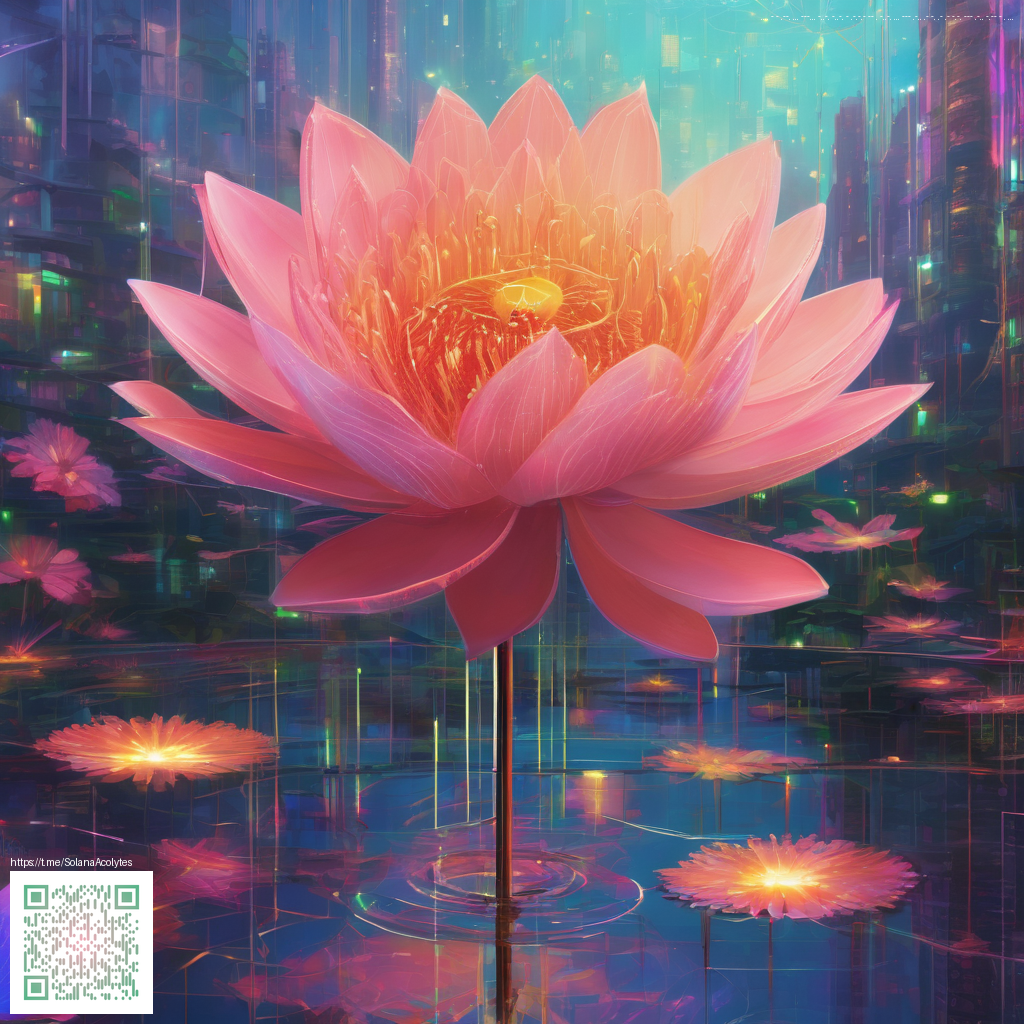
Creatures That Haunt the Screen: Design Lessons from Scary Game Beasts
When a monster design lands, it does more than scare you in the moment. It foreshadows behavior, informs the world’s rules, and cements a game's atmosphere long after you’ve put the controller down. Great horror creatures don’t rely solely on gore or jump scares; they leverage silhouette, texture, sound, and psychology to linger in memory. In this exploration, we’ll unpack what makes these designs so memorable—and how artists translate fear into forms you’ll remember long after the credits roll.
Silhouette as a Story Without Words
From a distance, the shape of a creature communicates intent faster than any line of dialogue. A towering, asymmetrical silhouette signals an unpredictable threat; a compact form with hunched shoulders implies a patient predator. Designers use negative space to let our brains fill in the dread—anticipation is often scarier than the attack itself. A memorable silhouette can be recognized in a single frame, which is why some of the most iconic horrors are instantly readable even in low light or fog.
“Fear is not just what we see, but what we imagine between frames.”
Texture, Tone, and the Promise of Contact
Surface detail communicates so much about a creature’s life and environment. Scarred hide, slick scales, or bone-like ridges tell stories of battles, predators, and survival. The texture also affects how the monster interacts with the world—how it moves through air, mud, or metal. A skin that grips the light differently when the monster steps into a room can make a familiar space feel alien, raising tension before it even reveals its teeth.
Eyes, Ears, and the Language of Sensing
Eyes remain a focal point for fear, but the broader sensorium matters too. Some designers give creatures eyes that gleam with a predatory intelligence, while others hide their gaze entirely, relying on sound and movement to signal danger. A creature that seems to hear or sense your presence creates a psychological game: you question whether your own actions are revealing you, which adds a layer of vulnerability to every encounter.
Biome, Behavior, and The Rules of the World
Successful horror design is not a solo craft; it’s a negotiation with its world. Creatures must fit the game’s biome, technology, and lore, otherwise their fear feels inorganic. If a beast thrives in a rusted, claustrophobic corridor, the environment becomes a weapon against the player. When designers align creature behavior with world logic—how it hunts, why it avoids certain corners, what it fears—the fear feels earned rather than manufactured.
For readers and players who enjoy the tactile side of gaming, there’s a practical accessory that complements late-night horror sessions: a compact, reusable phone grip with kickstand. It’s handy for jotting notes, streaming while you game, or keeping your device steady during moments of intense suspense. If you’re curious, explore the product page here to learn more about this practical gadget that pairs well with long play sessions. And if you’re gathering inspiration from curated galleries, the source page this collection offers a broad spectrum of creature concepts to study.
Crafting Fearful Presence: A Quick Design Checklist
- Silhouette first—readable shapes that telegraph intent instantly.
- Texture tells a story—where the monster has lived, what it has endured.
- Sense-making design—behavior aligns with the world’s rules.
- Sound cues—movement, breath, and environmental echoes heighten tension.
- Context matters—the creature fits the locale, mechanics, and lore of the game.
Studying these elements through clips, fan art, or concept galleries reveals recurring patterns—how fear is built, step by step, from a silhouette to a full-on encounter. The process isn’t about reinventing the wheel; it’s about knowing which aspects of a design will press your buttons at the right moment. If you’re designing your own horror creature, start by sketching a silhouette that tells a story without a single detail, then layer texture and behavior to crystallize that story into a foothold players can grasp and fear.